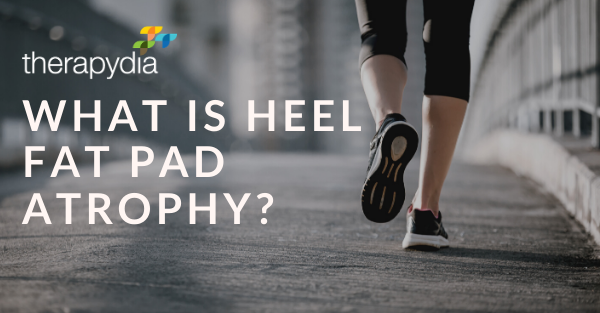
What is Heel Fat Pad Atrophy?
By Lisa Cook, PT, DPT
Therapydia Ballard
What is heel fat pad atrophy?
Heel fat pad atrophy (FPA) is one of the most common causes of heel pain in adults, after plantar fasciitis (PF). The fat pad is located at the bottom of the heel and its main purpose is to protect the calcaneus (heel bone), nerves, vascular tissues, ligaments, and tendons. In FPA, the fat pad thins and loses water, collagen, and elastic tissue which causes altered compressive forces and reduction in shock absorption which can injure the bone and soft tissues in the heel.
Who is at risk for FPA?
- Endurance and longtime runners and those over 40
- People who wear hard soled shoes
- People who walk on hard surfaces
What are the symptoms of FPA?
FPA has similar presentation to PF and they can occur concurrently. FPA is characterized by:
- worsening pain during prolonged standing
- pain at night
- bilateral centralized heel pain that radiate to the rest of the foot
- first step pain can also occur in FPA though it is more common in PF.
Treatments for FPA
- While plantar fascia and Achilles stretching is more beneficial for PF, it is still worthwhile to do with FPA
- Special taping techniques that your PT can teach you
- Wearing cushioned socks, shoes with padding, heel cups, and heel cushions that do not break down over time.
Prevention of FPA
- Avoid wearing hard-soled shoes
- Avoid walking long distances on hard surfaces
- Vary your running surfaces
- Utilize some form of cushioning for your foot eg cushioned socks, shoes with padding, heel cups, and heel cushion